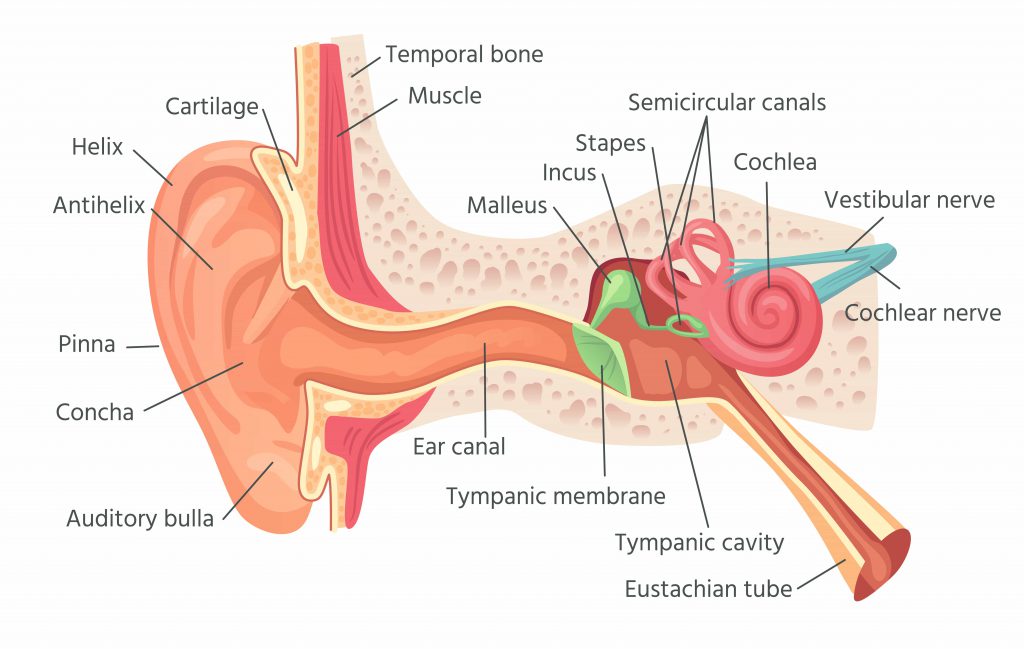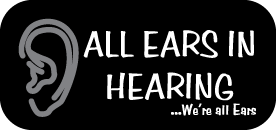Hearing and Hearing Loss

Hearing and Hearing Loss

How do we hear?
The human ear can be divided into three separate functioning groups, the outer ear, the middle ear and inner ear. The outer ear or the ‘Pinna’ collects sound wave vibrations and funnels them into the ear canal. The sound waves cause movement of the eardrum, which is connected to three small bones in the middle ear, the Malleus, Incus and Stapes. These three bones form the ossicular chain.
When the eardrum vibrates, these bones start a ‘piston’ like motion that ‘presses’ or ‘pushes’ onto the oval window – the doorway to the cochlea (inner ear). The cochlea is a snail shaped organ that is fluid filled. The pushing from the ossicles creates a wave like phenomena inside the cochlear, which triggers movement of the basiliar membrane, activating tiny hair cells that are attached to the hearing nerve. Hair cells are sensitive to and are triggered off by different frequencies (pitches) of sound. The hair cells generate electrochemical signals that travel along the hearing nerve to the brain where it is then furthered processed and recognized as sound.
